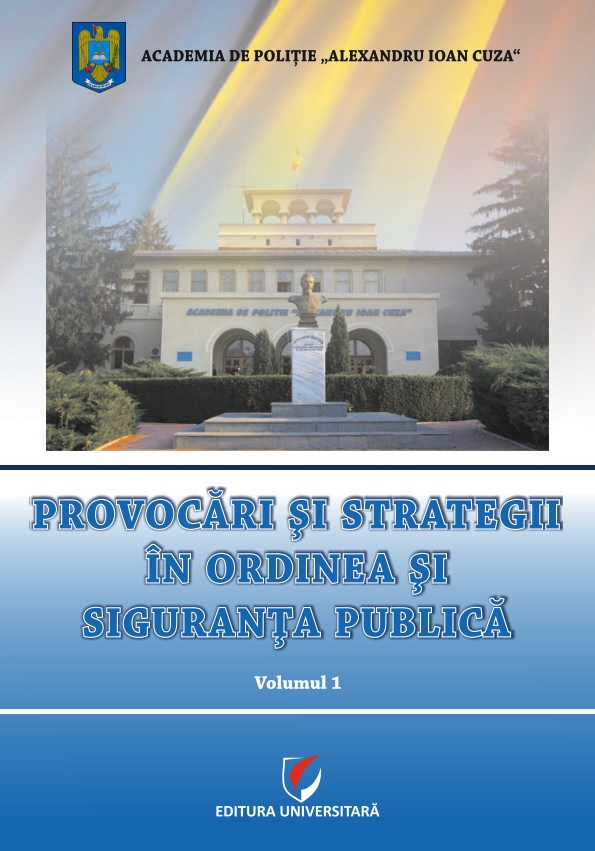Author(s): Davor Marijan / Language(s): English
Publication Year: 0
Croatia began the transition from Communism to democracy on May 30, 1990, when the first multi-party Parliament was constituted. The amendments to the Constitution of the Socialist Republic of Croatia (SRH), adopted on July 25, cleansed the system of socialist legal terminology. Franjo Tuđman, President of the SRH Presidency, became the President of the Republic of Croatia and the main figure in Croatian politics. The process of constituting a new government was completed on December 22, 1990 with the adoption of the Constitution of the Republic of Croatia. Croatia was defined as “the national state of the Croatian people and the state of members of other peoples and minorities, who are its citizens: Serbs, Muslims, Slovenes, Czechs, Slovaks, Italians, Hungarians, Jews, and others, who are guaranteed equality with Croatian citizens and the realization of their national rights in accordance with the democratic norms” of the United Nations and “the countries of the free world.” In relation to the 1974 Constitution, which was drafted in such a way that Croatia was “equally divided” between Croats and Serbs, the difference was in the listing of other peoples and nationalities, which relativized the earlier division. The attitude towards Yugoslavia was determined by the view that “the Republic of Croatia remains part of the SFRY until a new agreement between the Yugoslav republics is reached, or until the Parliament of the Republic of Croatia decides otherwise.”
More...




